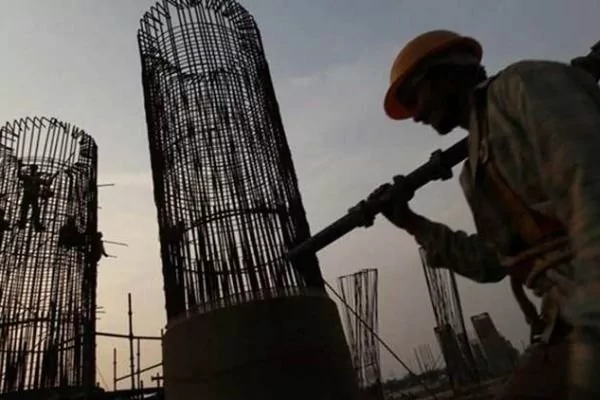My View of How India Can Maximize the Budget Outlay on Infrastructure
According to a McKinsey report, several developed nations are now tackling major infrastructure issues after years of underinvestment and poor maintenance. This is prompting governments to increase funding.
Based on the data provided by IBEF in this regards, the government of India has significantly raised its stakes in the infrastructure sector. This includes the construction of highways, urban transport, and renewable energy among others. As a part of its initiatives, some crucial announcements were made in the Union Budget 2019-20. These include the allocation of:
- Rs 4.56 lakh crore (US$ 63.20 billion) for the infrastructure sector.
- Rs 83,015.97 crore (US$11.51 billion) towards road transport and highway.
- Rs 8,350.00 crore (US$ 1.16 billion) to boost telecom infrastructure.
These are huge numbers. But the question that remains is – how can the country get the maximum impact from this budget overlay on infrastructure? As I had already mentioned in one of my earlier posts, I believe that the government needs to make BIM mandatory in all public infrastructure projects for a variety of important reasons. These benefits can also be tied to generating better outcomes from budget outlays.
That being said, here are some of the concrete steps that the government could take in this regard.
Get a Flawless Financial Management Plan
Despite eProcurement appearing in pockets, tender bids are still commonplace in government infrastructure projects in India. These are largely needed for large-scale projects. To ensure the sanctity of these bids, the tenders need to be based on accurate estimates of both material and labor costs. This is where the government could come up with a flawless financial model by using a BIM and ERP combo. That will help derive much more accurate estimations for all the significant items in the BOM and the efforts needed to deliver the project.
Cut Down Planning and Estimate Creation Times
BIM adoption will also lead to cutting down the time needed to create a plan or an estimate. Compare this with traditional methods, which rely on excel sheets, manual calculations, CAD drawings, and so on. This could lead to adding 60-70% extra time at this stage itself. Delays in planning can lead to project delays, cost escalations, and material procurement issues. With precise and timely plans and estimates generated faster, it may become easier to achieve project completion faster.
Identify and Highlight Unbudgeted Changes
Unforeseen costs and on-the-fly project changes can lead the budgets to go off the rails. To avoid such situations, BIM can prove handy as it paves the way for precise information collation in near-real-time. With the most current information at its disposal, the government agencies can work towards making go or no-go decisions about the changes. If a tweak or change is necessary, it can be visible early enough to make it easy to do. If it’s not required, then it can be stopped or discarded before it consumes too many resources.
Generate More Opportunities for Sustainable Energy Consumption
By leveraging BIM, the government can leave age-old construction methods behind. They can adopt more modern, and hence more efficient, construction methods that rely on the data that BIM will provide. For instance, they can adopt Artificial Intelligence to drive greater operational efficiency and longevity. BIM models could help drive more sustainable construction practices. BIM information could help drive a more realistic design and efficient ongoing maintenance of the structure. This construction process simulation in advance can help them achieve sustainable energy consumption. All these roads lead to savings!
Avoid Clash Detection by Assessing Risks
This is fundamental to BIM. The many benefits of BIM for any construction project would apply for large government projects too -but at an immensely greater scale. The many teams on the project can collaborate better by relying on BIM. This is useful in avoiding clash detection. It can help plan schedules better. BIM can help optimize material procurements. All that helps deliver more bang for the budget buck.
Focus on Information Flow
It's not hard to imagine how difficult it is for various teams on the construction project when they constantly have to deal with incomplete bits and pieces of information. How would they plan? How would they schedule? How would they ensure wastage is reduced? This is where BIM comes to their rescue.
Crisp information flow with precise project designs in-sync with the time these crucial tasks must begin can drive major savings.
There’s no doubt that BIM is a powerful tool that can help the government to deliver state-of-the-art infrastructure projects. I have said often that I would like the government of India to take a cue from the UK, where the government started enforcing a BIM mandate actively a couple of years ago. Estimates are that this has enabled them to save up to 15% to 20% on the costs of public construction projects, i.e from 2009 through 2015, an estimated saving of around $1 Billion.
In government projects, the focus must be on delivering the maximum impact at the most reasonable cost and within the most appropriate time. And that’s a typical BIM use-case.

